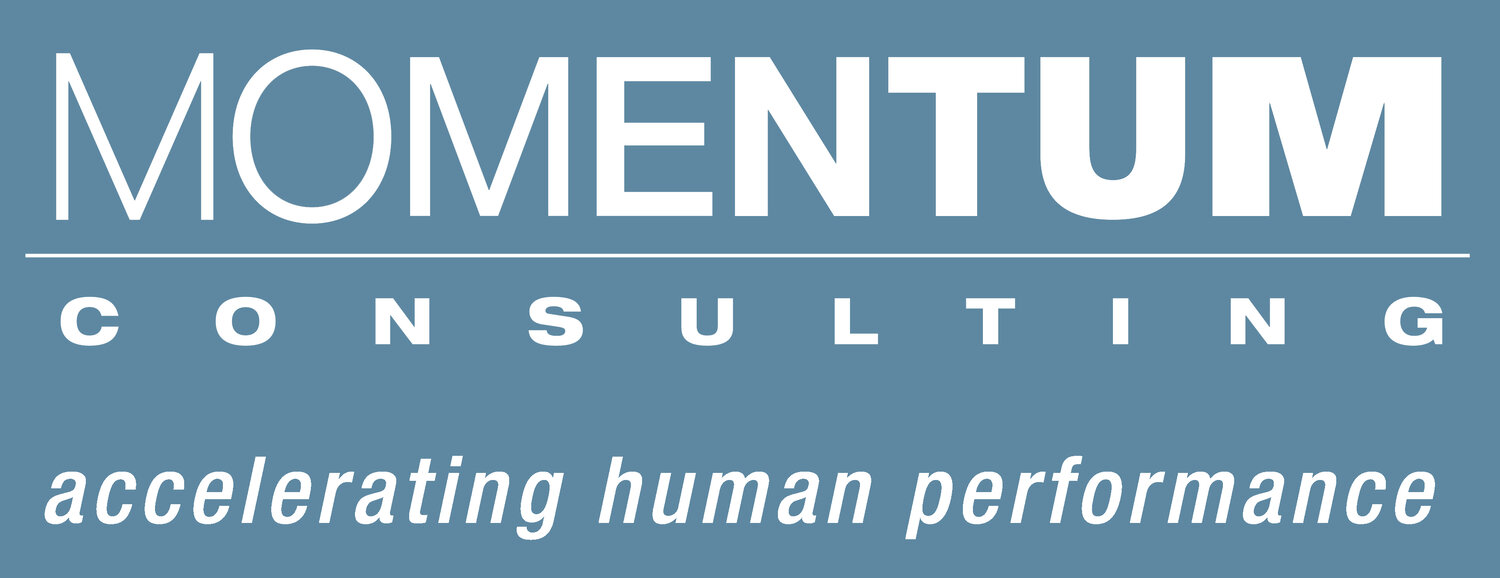Unlocking Discretionary Effort: The Missing Piece in Leadership
Photo Credit: HP Museum (www.hpmuseum.org)
“We Have Met the Enemy, and He Is Us!”
Walt Kelly – Pogo, Earth Day 1970
Our world hangs like a magnificent jewel in the vastness of space. Each of us is a facet of thatjewel. And in the perspective of infinity, our differences are infinitesimal.
— Fred “Mister” Rogers
Our associate Eduardo Lan recently wrote a compelling blog on The Paradox of Leadership. He speaks to the challenge of balancing the relentless demand for results with the fundamental truth that performance is deeply tied to relationships. Some leaders prioritize results at the expense of relationships, while others do the opposite—striking that delicate balance is elusive.
For decades, organizations and those who led them primarily ignored—or even scorned—their impact on people in their pursuit of success. In an article “How Silicon Valley Became Silicon Valley” the power of relationship as part of the results formula is keenly illustrated.
Before the 1960s, the hub of American technology was New Jersey, home to Edison’s Lab, Bell Labs (where the transistor was discovered), and Rutgers' esteemed School of Engineering. The region had access to abundant talent from major population centers like New York and Philadelphia, the first and third largest U.S. cities at the time. Meanwhile, the West Coast was still viewed as the rugged frontier. However, its lower costs and fewer restrictions began attracting young entrepreneurs, like William Shockley and his protégés, David Packard and William Hewlett.
From a humble garage to a global tech powerhouse with 58,000 employees and $54 billion in revenue, HP pioneered what became known as Silicon Valley.
The HP Way: A Different Kind of Leadership
A reference in the article to The HP Way left me curious, so I looked it up and think it is worth sharing:
“In the 1940s and 1950s, as Packard and Hewlett were growing HP, American workplace culture was rigidly top-down. Most corporations were structured like industrial production lines—CEOs issued commands, managers enforced them, and employees followed orders. Informal discussions were discouraged, and deviation from protocol was grounds for dismissal.”
But Packard and Hewlett took a different approach. Rooted in an academic environment that valued unconventional thinking and collegial relationships, they built a company culture that became known internally as The HP Way.
Bill Hewlett described The HP Way as:
“A core ideology ... which includes a deep respect for the individual, a dedication to affordable quality and reliability, a commitment to community responsibility, and a view that the company exists to make technical contributions for the advancement and welfare of humanity.”
The key tenets of The HP Way were:
Trust and respect for individuals.
Focus on high achievement and contribution.
Uncompromising integrity in business.
Collaboration to achieve common goals.
Encouragement of flexibility and innovation.
It’s hard to overstate how revolutionary this was at the time. I remember the traditional corporate structures of my early years. As a salesman for Control Data Corporation, I experienced those rigid expectations firsthand—I was cautioned about my “modest” sideburns and blue button-down shirts, which were considered a bit of a rebellious walk on the wild side!
The Leadership Paradox Today
Yes, these are stories from the past, but while relationship-based leadership is more widely acknowledged today, results still often trump relationships. And the power we lose in that imbalance goes largely unnoticed.
A survey I read a few years ago underscores that loss of power: It takes about 60% of an individual’s effort to do an “adequate” job at work. The remaining 40% is discretionary. People typically redirect this discretionary effort toward personal matters. I have shared this statistic frequently with leaders, and so far no one has disagreed, including for themselves.
What If We Could Redirect Discretionary Effort?
Imagine the impact if leaders could tap into just a portion of that discretionary effort—redirecting it toward innovation, problem-solving, and collaboration. Both the organization and the individual would benefit. The company becomes more fluid and successful, while employees feel more engaged and accomplished. Just like the tide, effectiveness raises all boats.
The real challenge? Most leaders simply don’t know how to unlock that discretionary effort. Instead, organizations rely on rules, restrictions, and procedures to create boundaries, unintentionally stifling creativity and engagement. If you truly believe in your people, show them. Bill Hewlett just shared one way to do that.
“People need to see something to believe—don’t tell them, show them!”
— Roy Williams, Wizard Academy
A Bigger Truth
I’m going to take a leap here—I believe the Unified Field that holds our universe together connects us all. I also believe that within us lies the answers to everything, because everything is connected—we just do not know how to access that knowledge, I believe it lies in our relationship with ourselves and others. We are not so different from organizations. Those that embrace a noble purpose, empower their people, and cultivate trust will rise above the herd.
David Packard and Bill Hewlett did just that—and in the process, they changed the course of technology in America.
Have Fun at Work!
Have a great week!
Cheers,
Craig
P.S. If you also believe that all knowledge is within, waiting to be discovered, we can help you tap into it!
Fundamental of the Week #21: LEAD BY EXAMPLE
The best way to influence others is to be the change you want to see. Bring a calming presence. Your authentic expression helps others shine.
Momentum Consulting offers executive business coaching, top-level executive consulting, team training, and team off-sites to build and transform your business to the next level. Inquire about business consulting and leadership coaching today.


